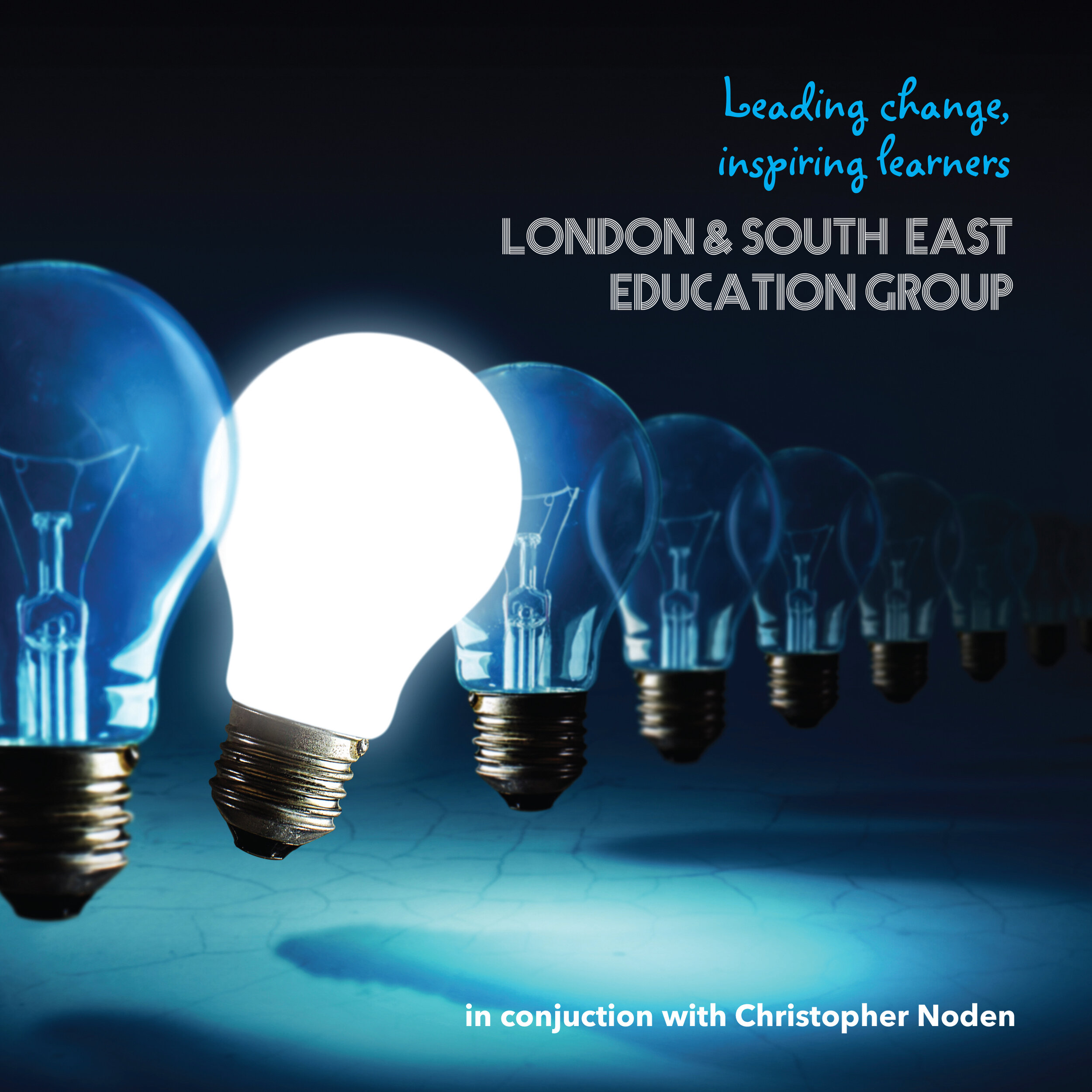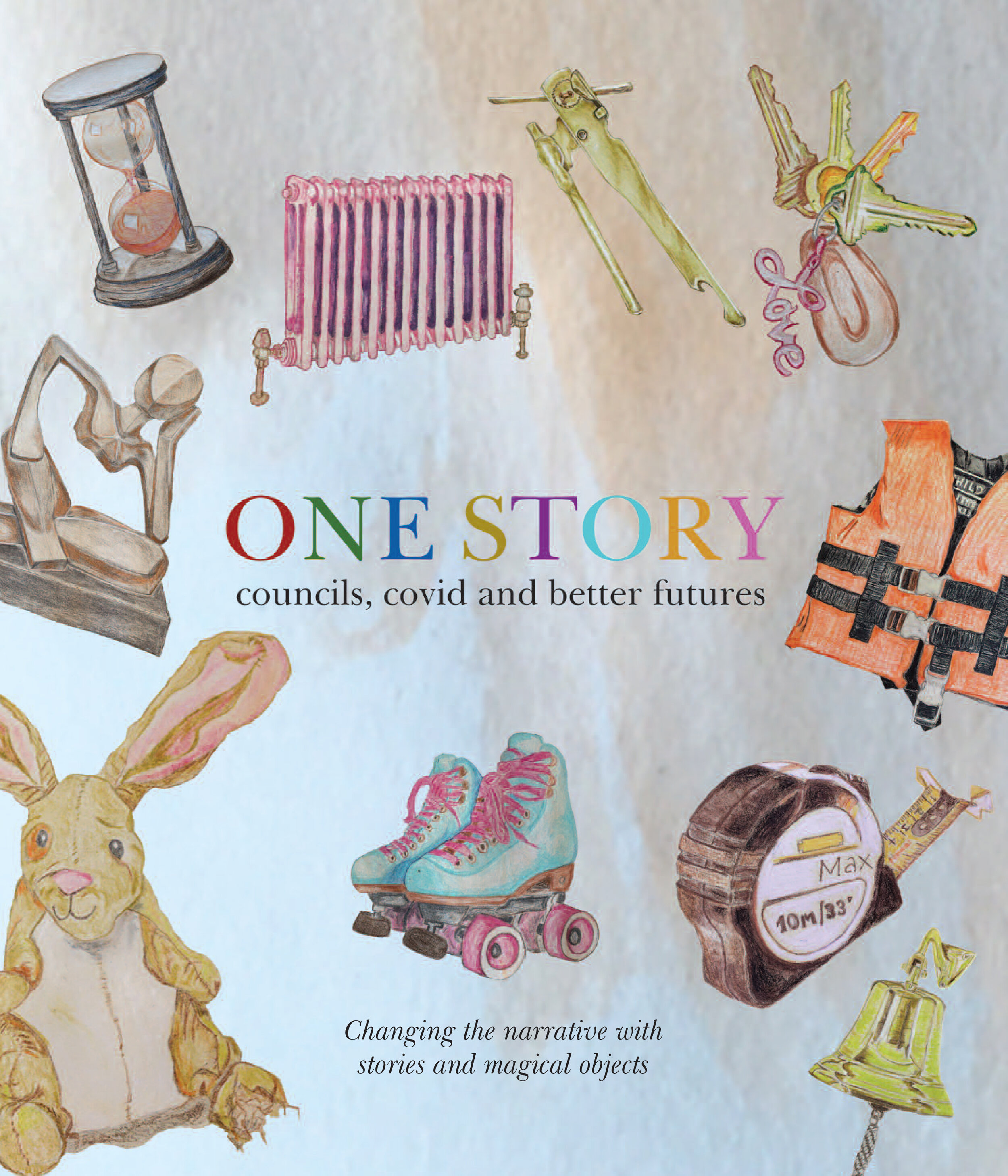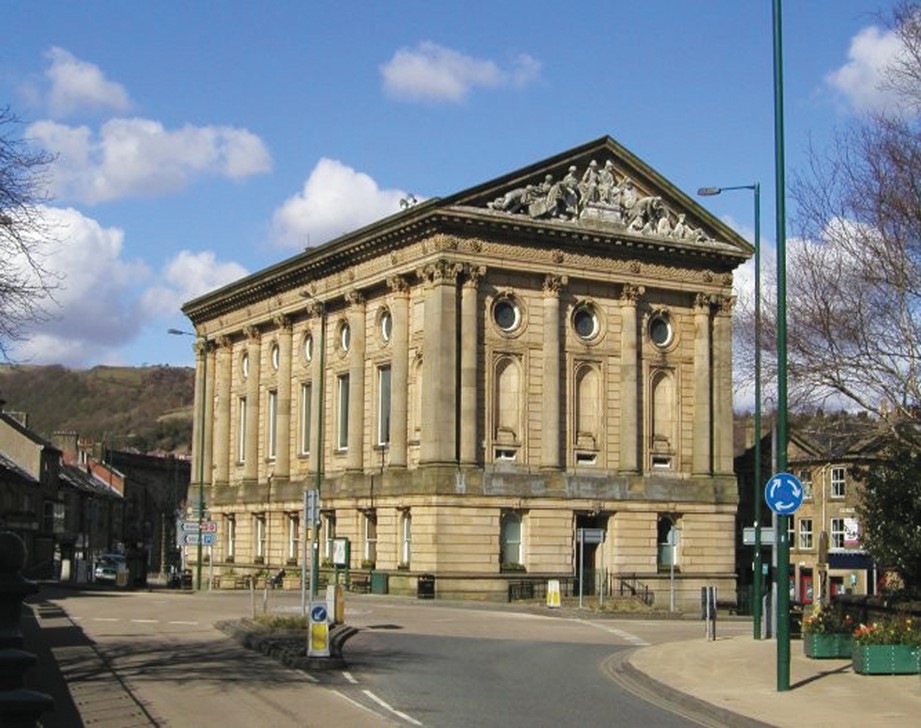Blog assignment - Performance art practice as research elective
Welcome
Here I am sharing my thoughts, process, plans and reflections on a series of performance experiments in a major gallery in Nottingham UK. I am building on the elective undetaken as part of the MA Performance Practices at ArtEZ.
Trust in Change: On world politics- overcoming structural political boundaries by thinking with the body VestAndPage.
I am an older feminist artist. I work with four alter-egos who make performances artworks using different media. In my practice I explore ideas of agency and becoming, in both a personal growth sense and at a political level, I reject society’s norms and want to become the person the universe needs me to be. In the experiments my 4 alter-egos performed in response to a major art/science exhibition, Cosmic Titans - an exciting and daunting opportunity.
https://www.lakesidearts.org.uk/exhibition/cosmictitans/
I chose this exhibition because of the direct connections to the Body In Dissent module, performance and essay (e.g. Karen Barad’s work on entanglement and quantum identities and Ruth Gregory on superposition). I felt the exhibition missed the body and that bringing the body (and the alter-egos bodies) could both add a human dynamic and provide a destabilising intervention in the space. I made a proposal to exhibitions curator and scientific advisors on this basis, and they agreed.
What are the given practice as research approaches and methods I am choosing to explore? How have I applied this method / how it resonated with me?
Approach 1: Rhizomatic research methods
This method was introduced to us during the elective and the technique was used when we undertook the exercises on day 1 i) global political institutions and day 3 ii) climate change.
In the elective we looked at rhizomatic research (a concept from Gilles Deleuze and Félix Guattari, 1980 ) using a wide range of data, memories, conversations and in different forms. From this I expanded my approach to researching the performance experiments in a non-linear way e.g. opening 50 tabs about blackhole mergers, flicking through them superfast for gist, connection and essences, using memories of space education, approached baffling scientific documents as a strange language and immersed myself in clips of stars collapsing. I’ve attended lectures by internationally known physicists, met with astro-physicists who work on art/science collaborations and met one of the artists whose work the alter-egos are responding to - Conrad Shawcross. (www.conradshawcross.com ) I want to research rhizomatic research further and experiment with what that means for my practice. This is a first engagement with the method, but it made me think differently about the topic, the way I collect data and the documentation e.g. I am experimenting with slow-motion filming to draw out nuances, audience and scientist feedback.
Approach 2: Site responsive
In the elective, this method was introduced to us in both Day 2 and day 5. Ethan Sammons Ericson (Colleague and Artist) invited us to perform with him in response to the trees in the Sonsbeek Park. The tree attunement process we undertook was a fluid interaction between us as artists, individual and groups of trees (more fluid than a site-specific response might be.)
I had done a site responsive performance before but found this new method which comes from a folkloric / mythic tradition to be very useful in its stepped attunement process using multiple sensory inputs. The method invited us to connect to and reflect on different levels, the individual trees , the types of trees / genus / wood and the broader geographic political social context.
Applying this method gave a structure to responding to other artists work in my performance experiments, it added depth and new insights, including responding as the alter-egos. I asked myself about where the agency was in the space and why that mattered. (See picture: The Green Witch by Arin Murphy Hiscock.)
Photo from Ethan Sammond Ericson
Other methods: i) creative writing. In the elective on day 1 I found writing from a different perspective helpful. In the global politics exercise we were writing then embodying /speaking the words. I very rarely write with/through my alter-egos, as they don’t have scripts, however I am using this method in one of the experiments below.
ii) Also I am aware I’m using another method highlighted in the elective: guerilla tactics. I am inserting my body (and characters) into a formal exhibition space . Although it’s not illegal / technically guerilla, in the sense of some of the inspiring artists we looked at in the elective e.g. the Guerilla Girls or Nan Golding’s inspiring All the Beauty and the Bloodshed film work, because I have permission, the experiments are still an intervention. My alter-egos do not necessarily behave in a controlled way or would like the work.
What questions was I looking to investigate in the experiments?
· How can I use my emerging practice framework (see diagram below) for my four alter-egos in the exhibition at the same time?
· What forms and methods of documentation would allow me to clarify learning and generate qualitative data?
· How is it for my alter-ego to work with other artist’s work?
· In what ways is this space speculative? Traces / spectres of what’s gone before?
(I have not responded directly to these questions in this blog but will do so in another post. Particularly I want to write more about the theories of speculative spaces bringing in Foucault and others. )
Below is my emerging practice methodology - I developed it as a result of the Body in Performance Module – I’ll also be testing / using this for the first time in designing the experiments. It includes theoretical and artistic references.
Sketch out the performance experiments based on the methods / approach?
What were the performance experiments?
· 4x 30minute performance responses to the artworks in the exhibition – 25mins plus 5minute transition time - total duration was 2hrs 10am-12.00pm 8th April 2025
· There are 4 alter-egos: Doris, Donnah, Tatyana and the little one – each alter-ego responds to one artwork and walks around the space, leaving traces / objects in each other’s spaces.
· At the end of each of experiment / sketch there will be a collapse which mirrors cosmic events in the universe that collapse and re-form as something else.
· Each alter-ego will respond in the moment, a broad outline will be in place, but it will be live and exploratory.
· There is also the experiment as a whole and with the audience. The gallery is open to the public.
Communicate and articulate artistic decisions in the experiments
Artwork: Ringdown by Conrad Shawcross
Alter-ego – Tatyana – responded in her own way exploring concepts of discipline and control in both an institutional (gallery) and cosmic setting. Based on the expanded rhizomatic research she used her ribbon skills (operation/ technique) to interpret the phenomenon of the black holes merging and synthesize this with her gymnastics discipline (in contrast to the artists installation (see experiment 1 photo below.)
Artwork: Blind proliferation by Conrad Shawcross
Alter-ego - the little one – the key operation here was play. The alter-ego moved between three locations, next to and under each of the desks in the physicists’ desks, actions include shining a torch, using her magnifying glass, throwing dice and sitting on the floor by the edge of the light cage.
I chose to film a rehearsal of the alter-ego and project it into the space, giving the opportunity for playing with the projection, using mirroring, refraction and repetition operations. This operation is new to me, it connected to ideas and emotions of wonderment and curiosity prompted by the piece; it engages with ideas of the multi-verse and quantum identities being present live. The costume and reflective materials used enhanced the refraction and multiplicities. The first clip is Shawcross’s installation Blind Proliferation. Followed by 2 experiment photos below.)
Artwork: An Early Universe by Alistair McClymont
Alter-ego Donnah responded this piece, she chose to move through three phases of the creation of a new universe… chaos, fluctuation, stasis. Donnah loves the chaos, rolls with fluctuation but stasis is new for her. She will intra-act with 3d printed sculptures (prototype models made by the scientists in dialogue with the artist. To me, this was an intense and primal performance which I haven’t quite processed yet, I have been doing some creative writing to help with this process.
Artwork: Begriff des Körpers by Daniela Brill Estrada and Monica C. LoCascio
Alter-ego Doris – responded to this installation. It was new to me to do a one-to-one performance based around comprehending the body in space. Exploring spacetime as it curves around objects, and particularly as it curves around the heart. In this experiment I used writing creatively from alter-ego Doris’s perspective, not my own – much as we did in the elective.
Identify and manage risks when engaging with the given methods / approach?
Isn’t performance art always a risky business? I feel vulnerable every time I perform. In this case in a serious art centre, I was in a gallery where there hasn’t been any performance in the last ten years. I found it daunting but also a highly supportive environment.
General risks
The curator involved me in their normal risk assessment, I have not included it here because of the word count but the technical risks included: testing of equipment to British Standards PAT, trip hazards – cables and props etc, obstructions e.g. to fire escape routes, filming privacy GDPR / data privacy protocols in the UK, obtaining permission from the public caught on camera, personal safety, slips falls, interfering with the other artists work (although I said I wouldn’t one of my alter-egos works with anger and dissent, she is unreliable.)
The artists involved might not have given permission. I managed this by producing a detailed proposal and the curator reached out to them individually. Being specific about how and where I might use their work was important (as their work is in the documentation / film of my performance experiments.)
I am dealing with 3rd party intellectual property and binding my performance to it in a way I haven’t done before. I managed this by doing research, talking to other artists and being clear about how I present the work. Even so this felt like something I need to reflect more on.
i) Rhizomatic research – One risk and real nervousness of mine, is that taking a fluid, non-linear stream of consciousness approach to researching the topic is that the response it seen as trivial or pseudo-scientific, that in my lack of understanding there would be some friction (not a negative thing in my mind but something new for me.) I had to accept the overwhelm. In managing it I have been explicit in my programme notes that I am using the physics / science as a metaphor, allegory, aesthetic interpretation. As mentioned above, I realise I’m only starting with this research method / process.
ii) Site responsive / guerilla tactics – risk of the alter-egos in this space. Whilst they perform in the public space some of the alter-egos have not intra-acted before with an audience, one is pretty much always very angry and often destructive. I am managing this through briefing the invigilators and relying on them enforcing agreements / commitments in my proposal. I also had an invigilator (or assistant of my own, supporting me with costume and with timing issues – this was really helpful.) The risk that the alter-egos did not behave as themselves (or were constrained by the formal environment and over-controlled) was real – and with it the threat that the work suffered) but this did not materialise. The alter-ego Donnah fully expressed herself and took over the space in a full frank bodily way (and stormed out at the end.)
I also reflected on the politics of the experiments looking back to the questions raised in the elective. From the feedback I received , although I wasn’t aware of it at the time, the space was destabilised. The audience felt unsure of what to do when and how to react to some of the actions. The vulnerability I felt , was picked up by some members of the audience, the older female body in different forms appeared powerful at times, at others isolated, possibly offering a way out of the stereotypical constraints on women.
iii) Creative writing – this worked for me well, there was the risk that the performance became scripted, but I trusted them and that worked.
The elective was very stimulating, the process of the performance experiments and this blog have provided me with a major learning experience in very new territory. It has also built my confidence to do more experimentation in my practice with new methods, to stretch and grow.























